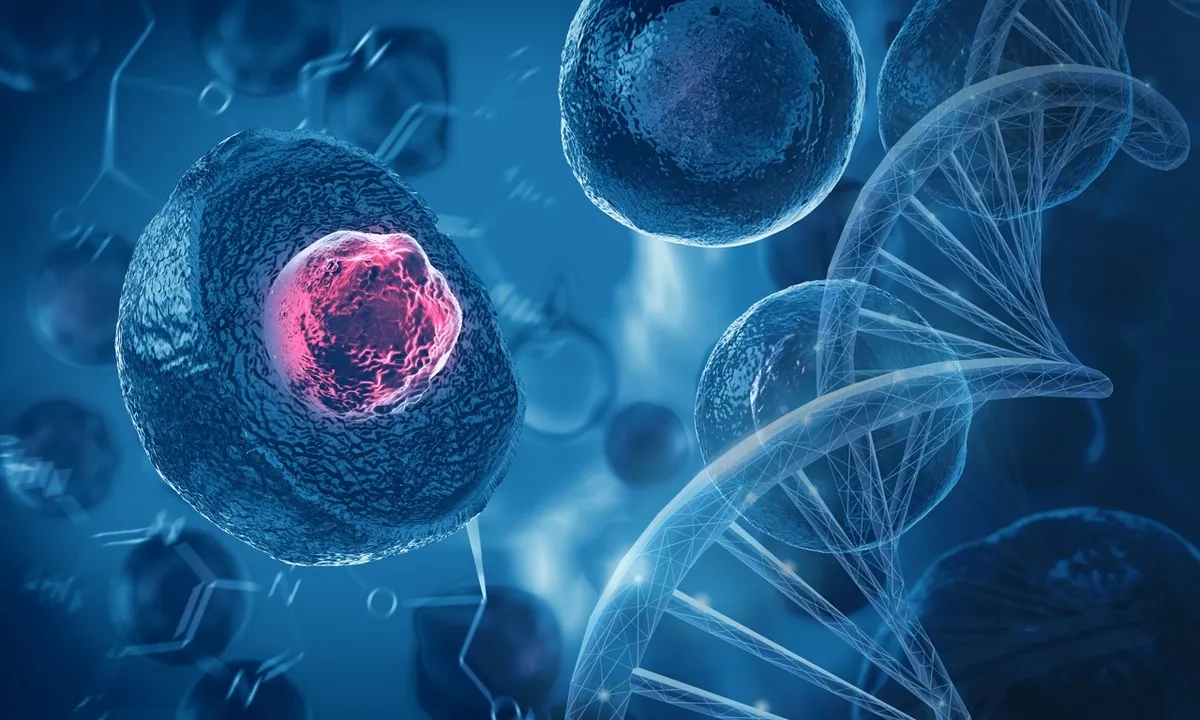Iranian Scientists Study Behavior of Stem Cells to Control Blood Diseases

‘Isolation and expansion of Treg cells from children with β-thalassemia major in ex-vivo and studying their inhibitory function and plasticity in the presence of inflammatory cytokines’ is a project that Amir Hossein Mansour Abadi has implemented as a doctoral thesis under the guidance of Professor Ali Akbar Amir Zargar and Professor Amir Ali Hamidiyeh.
“Tissue transplantation is considered as the chosen method of treatment for patients who have organ failure or correction of congenital blood defects. Bone marrow hematopoietic stem cell transplantation, also as a subset of tissue transplantation, is a clinical treatment approach for the treatment of fatal diseases caused by internal defects in one or more of a hematopoietic line like malignant blood diseases such as leukemia and pre-leukemia, or non-malignant blood diseases,” Mansour Abadi said.
“Beta thalassemia is caused by a defect in the production of hemoglobin beta chain, and hematopoietic stem cells are often taken from blood donors after performing procedures to help treat the disease,” he added.
Mansour Abadi explained that the frequency of Treg cells in the peripheral blood of people with thalassemia compared to healthy people, investigating the inhibitory function of Treg cells before and after expansion in people with thalassemia and healthy people, and investigating the amount of possible contamination during expansion are among the goals pursued in this project, adding, “We were able to use the results of this project in inhibiting transplant rejection reactions during the expansion of regulatory cells in the laboratory environment.”
In a relevant development in July, a new type of negative pressure locking syringe was developed by an Iranian knowledge-based company to create a stable negative pressure (suction) to obtain fluids from the patient’s body.
“Our company has for the first time in Iran designed and produced a syringe that is used in various medical specialties and makes it easier and more accurate for doctors. This syringe can be locked in suction mode (creating negative pressure),” Zahra Daneshi, the managing director of the knowledge-based company, told ANA.
She explained that the syringe has features like stable negative pressure, lower-lock interface and cap, controllable negative pressure, two-way locking system, and volume and pressure graduations.
"The syringe can be used for blood exchange in newborns, pericardiocentesis, liposuction in limited volume, preparation of fat tissue for isolation of stem cells, drainage of breast cysts with ultrasound control, aminosynthesis, sample preparation for cytology from thyroid and lymph nodes, removing clots from vessels such as coronary arteries, drawing joint fluid, drawing pus and fluids from cysts and various body lesions, drawing blood and fluids from the chest and abdominal cavity, and taking blood samples from the femoral vein,” Daneshi said.
4155/v





















